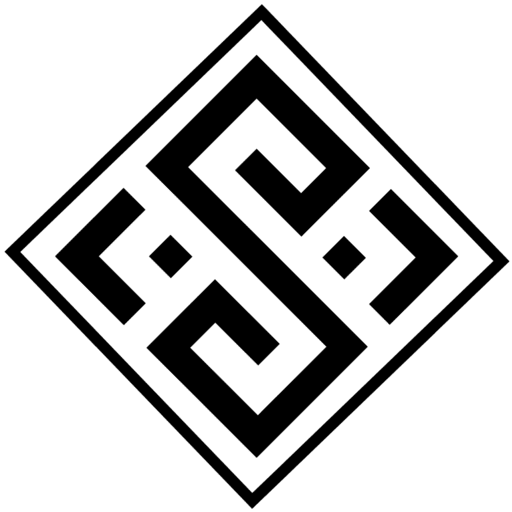Najafabad rugs, also known as Najaf-Abad rugs, have their origin in the city of Najafabad located near Isfahan in central Iran. This region is famous for its agricultural produce, especially pomegranates, and is also a renowned center for area rug weaving. The style of weaving found in Najafabad rugs is not unique to the city but is representative of the region. These rugs typically feature designs and colors similar to those found in neighboring areas such as Isfahan, Kashan, Yadz, and Ardekan. The weavers in Najafabad use Persian knots that provide greater accuracy, resulting in rugs with exceptional symmetry.
Najafabad rugs are characterized by curvilinear patterns with medallions and flowing vines. The designs are often symmetrical and well-balanced, with a striking contrast between the borders and the field. The most common style found in Najafabad rugs is the Kashan style, which features variations on traditional floral patterns that have remained largely unchanged since the 17th century. These rugs are typically decorated with a single medallion in the center, surrounded by dense patterns of Persian floral motifs such as arabesques, flower stems, palmettos, rosettes, and blossom and leaf motifs.
The color palette of Najafabad rugs is exquisite, featuring vibrant reds and blues as well as subtle, muted shades of beige, pale blue, sage, khaki, and olive green. The warps of these rugs are made of cotton, while the wefts are either cotton or wool. Although available in various sizes, Najafabad rugs are typically mid-sized. These rugs can complement both modern and antique furniture, making them a versatile choice for any décor. The hand-knotting and weaving techniques used by local artisans, backed by sturdy cotton, ensure that Najafabad rugs can last for centuries.
The Lachak-Toranj designs reflected in the handwoven carpets of this region, despite the intricacies of Isfahan carpets, have many similarities with the productions of skilled weavers in Isfahan.
Some features of Najafabad carpets:
Design and Pattern: The design, pattern, and color of Najafabad carpets have the same characteristics as Isfahan carpets, but the type of carpets are larger and thicker. Today, weavers in this city also use patterns from other regions, especially Nain. The colors of Najafabad carpets are usually darker than the carpets of the central province and use more black in the background.
Weaving: The knots of the carpets are asymmetrical and vertical. The weaving is done on the ground and then transferred to the loom. These carpets are woven with two wefts and are coarser than Isfahan carpets and are woven in a half-knot and full-knot style. Shirazah is used to beat the carpet during weaving, and the upper and lower sides of the carpet are secured by weaving a side cord.
Materials: Wool is used for the pile and cotton for the warp and weft in these carpets.
